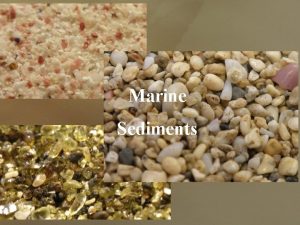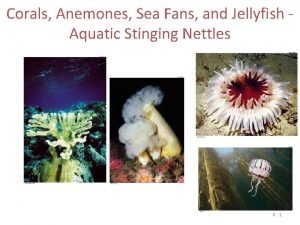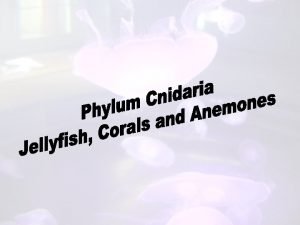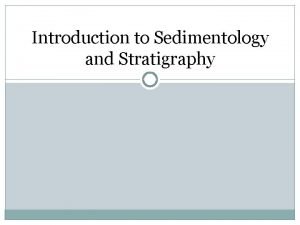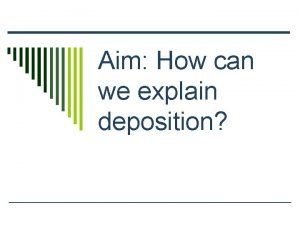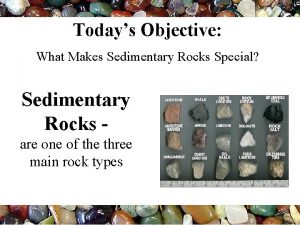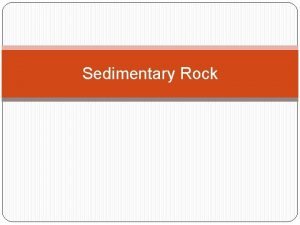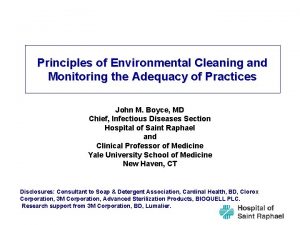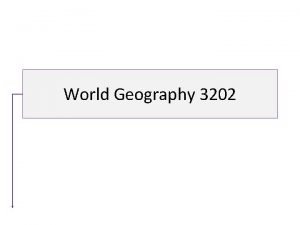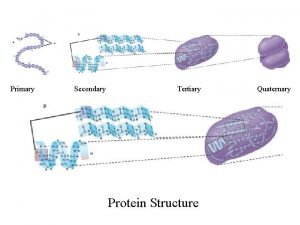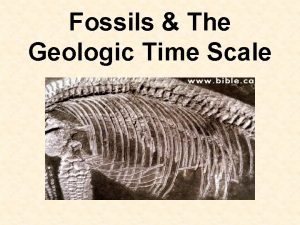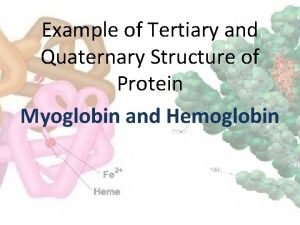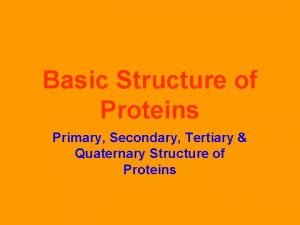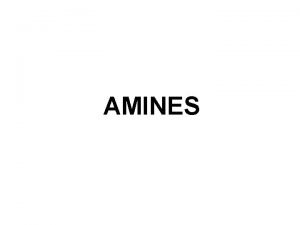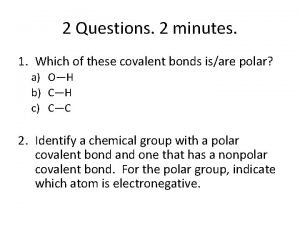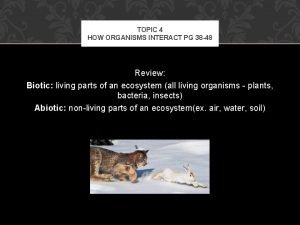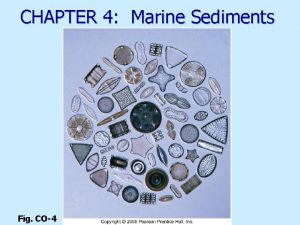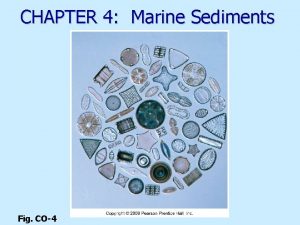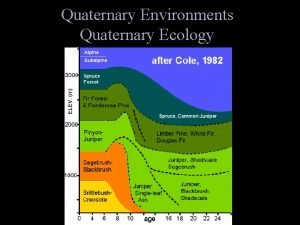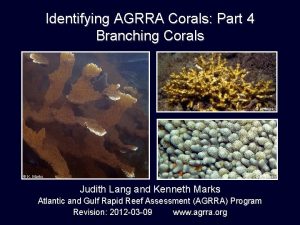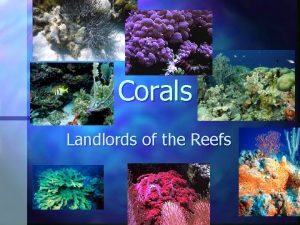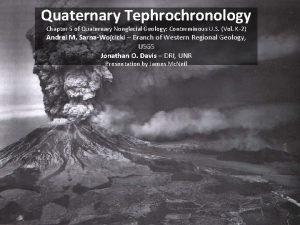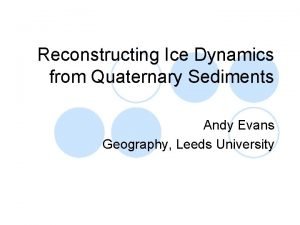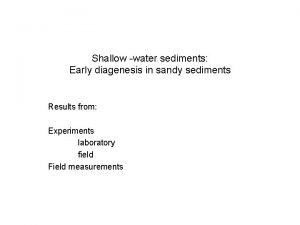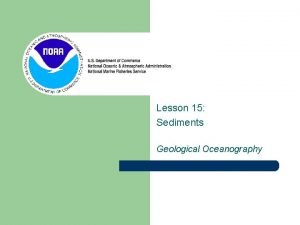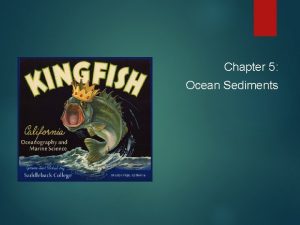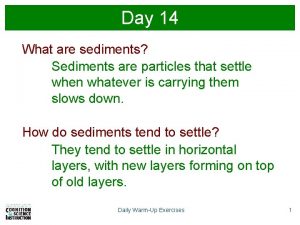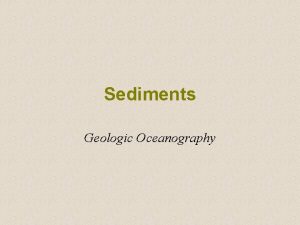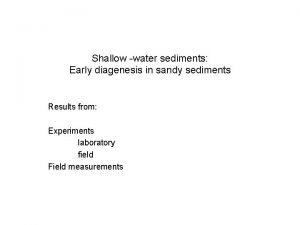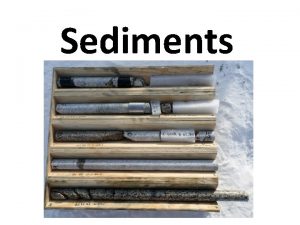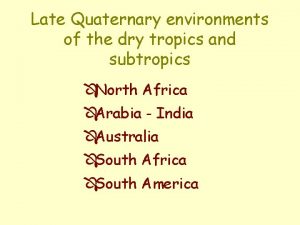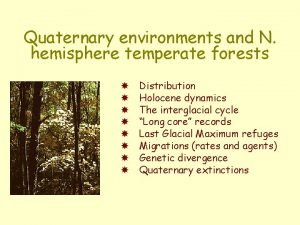Quaternary Environments Marine Sediments and Corals Marine Environments
































- Slides: 32

Quaternary Environments Marine Sediments and Corals

Marine Environments T Cover more than 70% of the Earth’s surface T Between 6 -11 billion metric tons of sediment accumulate in the ocean basins annually

Definitions Planktic – Passively floating organisms living near the surface (0 -200 m depth) l Benthic – Bottom-dwelling organisms l Test – Protective covering l

CLIMAP T The CLIMAP Research Group Climate: Long-range Investigation, Mapping, and prediction (CLIMAP) T SST and Ocean Surface Conditions T From 635 ocean sediment cores T Data from faunal counts of diatoms, planktonic foraminifera, coccoliths, and radiolaria T Stratigraphy - percent fine, coarse, total carbonate, 18 O and 13 C T Geochemistry - percent opal, quartz, and organic carbon T

SPECMAP T Spectral Mapping Project Determining the spectral characteristics of ocean sediment-based paleoclimatic records T Establishing a basic timeframe for past climatic events T Climate times series of the past 400, 000 years T Based on 17 sediment cores from the Atlantic Ocean. T Quantitative data on planktonic species and assemblages which reflect conditions in the surface waters of the Atlantic Ocean T 18 O, 13 C difference (planktic and benthic), and Cd/Ca. T

Sedimentation in the Ocean

Problems With Marine Sediments T Selective dissolution of thin-walled specimens T Transportation by ocean currents T Removal of easily transported species T Introduction of exotics T These problems may make some ocean floor sediments unsuitable for paleoclimatic reconstructions

Regions Usable for Foram Studies

Important Organisms T Foraminifera - Zooplankton T Coccolithophores (coccoliths) – Unicellular algae T Dinoflagellate – Organic walled T Radiolarians – Siliceous zooplankton T Silicoflagallates – Siliceous T Diatoms – Siliceous algae

Foraminifera – Globigerina bulloides from the Labrador Sea Foraminifera – Neogloboquadrina pachyderma from the North Atlantic

Coccolith Centric Diatom Dinoflagellate Pennate Diatom


Paleoclimatic Inferences T T T Oxygen isotopic composition of Ca. CO 3 in foram tests Quantitative interpretations of species assemblages and their spatial variations through time Morphological variations in particular species resulting from environmental factors



Benthic 18 O record for equatorial Atlantic for the past 3. 2 Mya

SST Reconstructions for 18, 000 yrs BP





Coral Records of Past Climate T Reef-Building Massive Corals that have a symbiotic relationship with algae T The algae produce carbohydrates through photosynthesis and are therefore dependent upon water depth, turbidity, and cloudiness T Sectioned and x-rayed T High and low density bands can be distinguished with high-density bands relating to high SST

Drilling corals for paleoclimatic reconstruction. http: //www. noaanews. noaa. gov/magazine/stories/mag 95. htm


Growth bands in Coral. Arrows indicate "stress bands" revealed in an x-ray of coral skeletal material caused by cold, unfavorable temperatures. http: //www-ocean. tamu. edu/Quarterdeck/QD 6. 2/giese. html

Benefits of Coral Analysis T Tropical records that fill gaps left by other marine paleorecords T Annual resolution T Dating is checked with 230 Th T Possible extent back to 130, 000 years BP

Problems with Coral Analysis T Few records that extend past one century T Real extreme events may go unrecorded do to death of the coral colony for some period of time

Long Coral Based Records of Past Climate




 Classification of marine sediments
Classification of marine sediments Cnidaria characteristic
Cnidaria characteristic Sea jellies
Sea jellies Disappearing corals module c
Disappearing corals module c What are sedments
What are sedments A low hill is composed of unsorted sediments
A low hill is composed of unsorted sediments How rocks form
How rocks form Sedimentary rock
Sedimentary rock A process that squeezes or compacts sediments
A process that squeezes or compacts sediments The process that presses sediments together
The process that presses sediments together Lithogenous sediment definition
Lithogenous sediment definition Quaternary ammonium compounds advantages
Quaternary ammonium compounds advantages Advantage and disadvantage of quaternary ammonium compounds
Advantage and disadvantage of quaternary ammonium compounds Tertiary world geography
Tertiary world geography Primary secondary and tertiary protein structure
Primary secondary and tertiary protein structure Tertiary consumer
Tertiary consumer Frilled shark geological era
Frilled shark geological era Quaternary consumer
Quaternary consumer Myoglobin tertiary or quaternary
Myoglobin tertiary or quaternary Quaternary economic activity
Quaternary economic activity Levels of economic activity examples
Levels of economic activity examples Economic activities
Economic activities Secondary consumers
Secondary consumers Three peptide chains woven like a rope
Three peptide chains woven like a rope What is a secondary amine
What is a secondary amine Binary to quaternary
Binary to quaternary Amino acids classification
Amino acids classification Quaternary structure of protein
Quaternary structure of protein Bisguanide
Bisguanide Apoenzyme is
Apoenzyme is Quaternary consumer
Quaternary consumer Quaternary extinction
Quaternary extinction Levels of care primary secondary tertiary
Levels of care primary secondary tertiary
